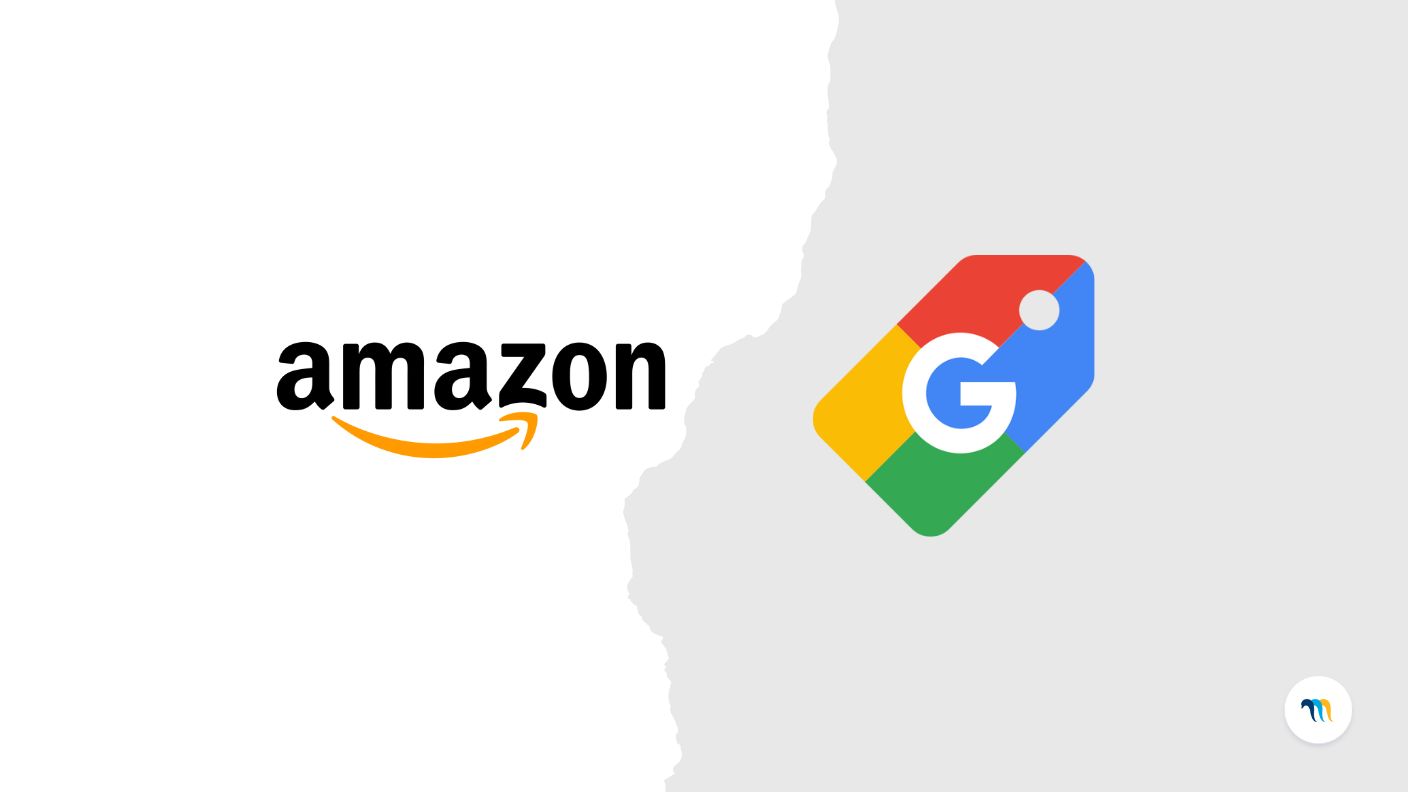

Today´s article is about how some of our clients (wine and spirits and other sectors) use Minderest to maintain their catalogues synchronized with their suppliers. Purchasing managers, know how difficult it is to keep a catalogue updated in price and stock with its suppliers as it is very possible that our suppliers don´t communicate their price changes or stock outs. When that happens it causes a problem in our e commerce, as we have probably sold an article that we won´t be able to get if our supplier has no stock. It may also happen that if a particular product price has raised being even more expensive that our selling price, we will end up losing money when selling the product just by not being aware of this price increase in our supplier.
In order to avoid these problems, some of our clients monitor their suppliers every day, so they are aware of such changes. This is the configuration they normally work with:
- Supplier out of stock alert: when the supplier runs out of stock, these clients receive an e mail that informs them which products are not available, so they can update their sites to avoid selling unavailable products.
- Supplier on stock alert: These clients receive an e mail when the supplier has availability on those out of stock products, thus assuring that their catalogues are always selling to the max, so they maximize their sales.
- 8% price increase alerts: To avoid selling below cost, these clients receive an alert when their suppliers increase prices over 8 %.
By using this configuration, now our clients save time and efforts in comparison with reviewing their suppliers manually as they used to do, and most important, they assure that they are not losing sales or money for not being well synchronized with their suppliers.
Find out how Minderest can take your business to the next level.
Contact our pricing experts to see the platform in action.
Related Articles

How Surveillance Pricing Works and Its Applications for Your Business
The term "Surveillance Pricing" might conjure images of corporate espionage and price manipulation. However, this initial perception hides one of the most sophisticated and powerful strategies in...
Amazon Returns to Google Shopping: How It Affects Retailers and Brands
After a one-month pause, Amazon has reactivated its campaigns on Google Shopping in multiple international markets (though not yet in the U.S.). Its return brings increased competitive pressure and an...